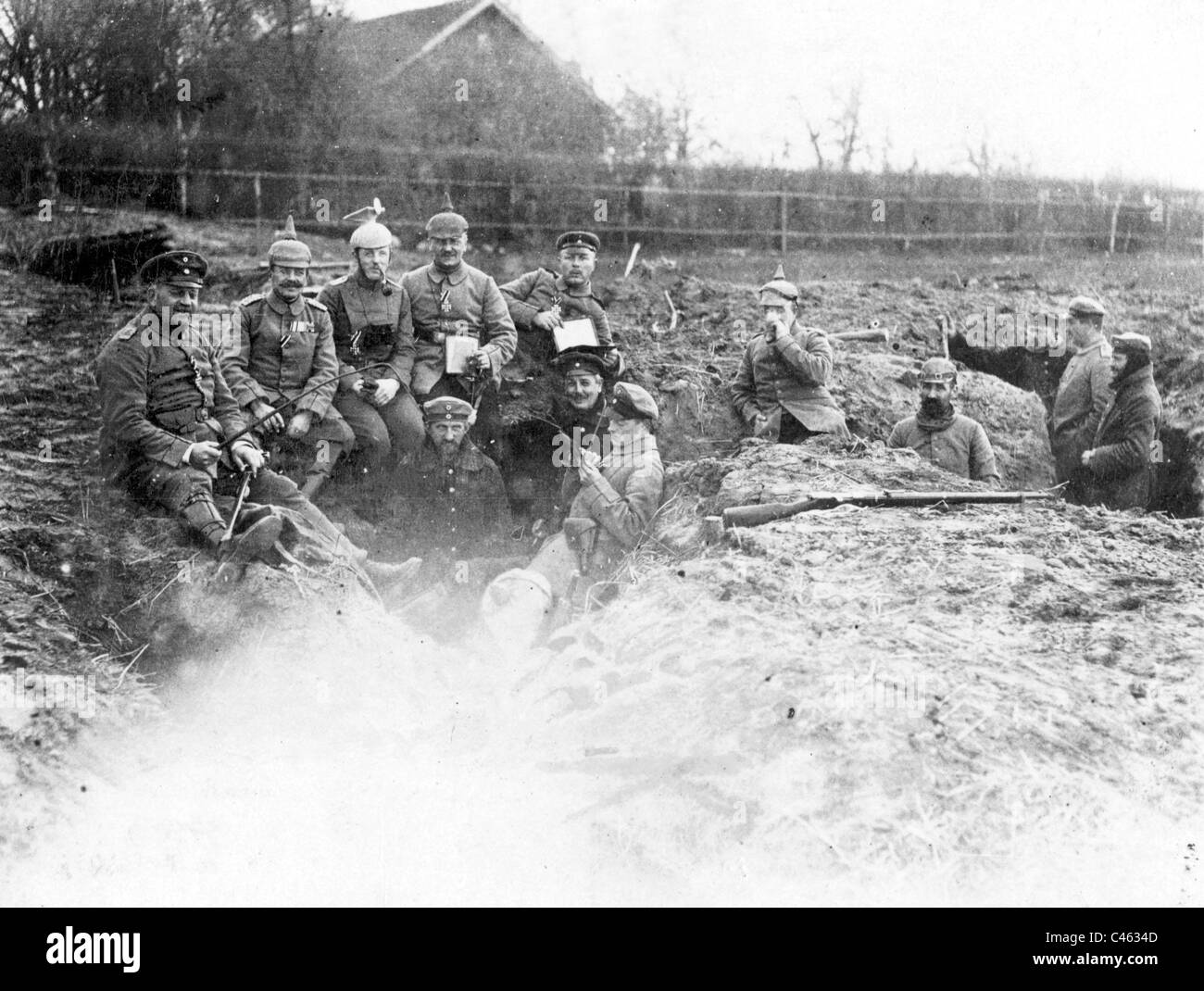

With this in mind, the knowledge and application of design should play an integral role in synthesizing intelligence, driving current and future operations. The use of design by the intelligence community broadens the scope of collected and analyzed information providing more relevant intelligence to commanders in the current operational environment. Design is defined as, “a methodology for applying critical and creative thinking to understand, visualize, and describe complex, ill-structured problems and develop approaches to solve them.” In other words, design is the holistic process of looking at the environment, framing the problem and deriving possible solutions. The reverse was true for the Russians.Īs design emerges throughout the United States Army’s planning and operational doctrine, the intelligence community must leverage this structure of inquiry to identify and refocus the scope of what is collected, analyzed, produced and disseminated. Moreover, German commanders remained receptive and flexible, rapidly incorporating operational intelligence into tactical decision making. The story of Tannenberg is a showcase of German successes to gain intelligence about the enemy while denying the Russians the same opportunity. German exploitation of intelligence from Signals, Human, and Imagery vis-a-vis aircraft observation, enabled them to crush the Czar's forces. The Battle of Tannenberg and Masurian Lakes, Russia's 1914 thrust into east Prussia as an opening salvo of WWI, was a disastrous defeat for Moscow due to German masterful leveraging of operational intelligence. Indeed, WWI provides insights into how contemporary military commanders resemble their counterparts from nearly a century ago.

The challenge for the intelligence practitioner is not new. The goal is information superiority thereby increasing the speed at which decisions are made, while preempting enemy choices and courses of action. Operational intelligence, properly understood and utilized, can become a force multiplier maximizing traditional operational art factors. A commander's ability to leverage operational intelligence remains a cornerstone for managing the uncertainty, fog, and friction of war in this era of seemingly endless advances in battlefield awareness and information dominance.


 0 kommentar(er)
0 kommentar(er)
